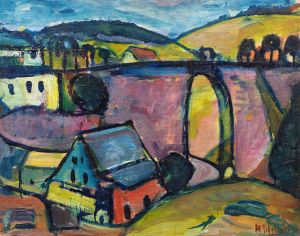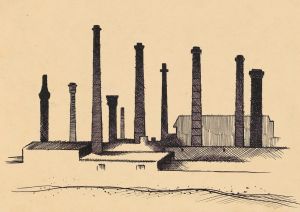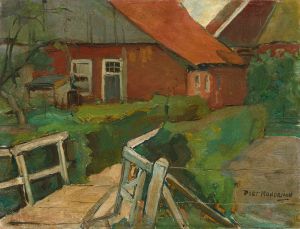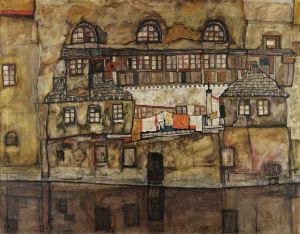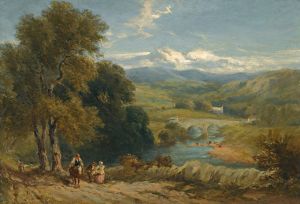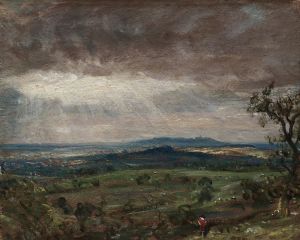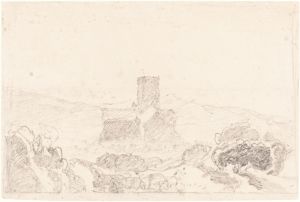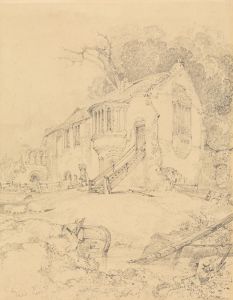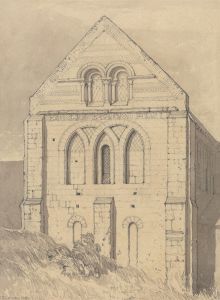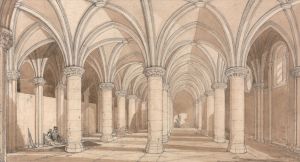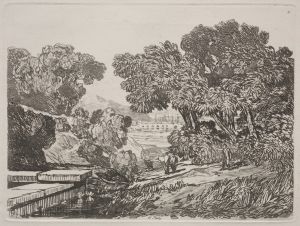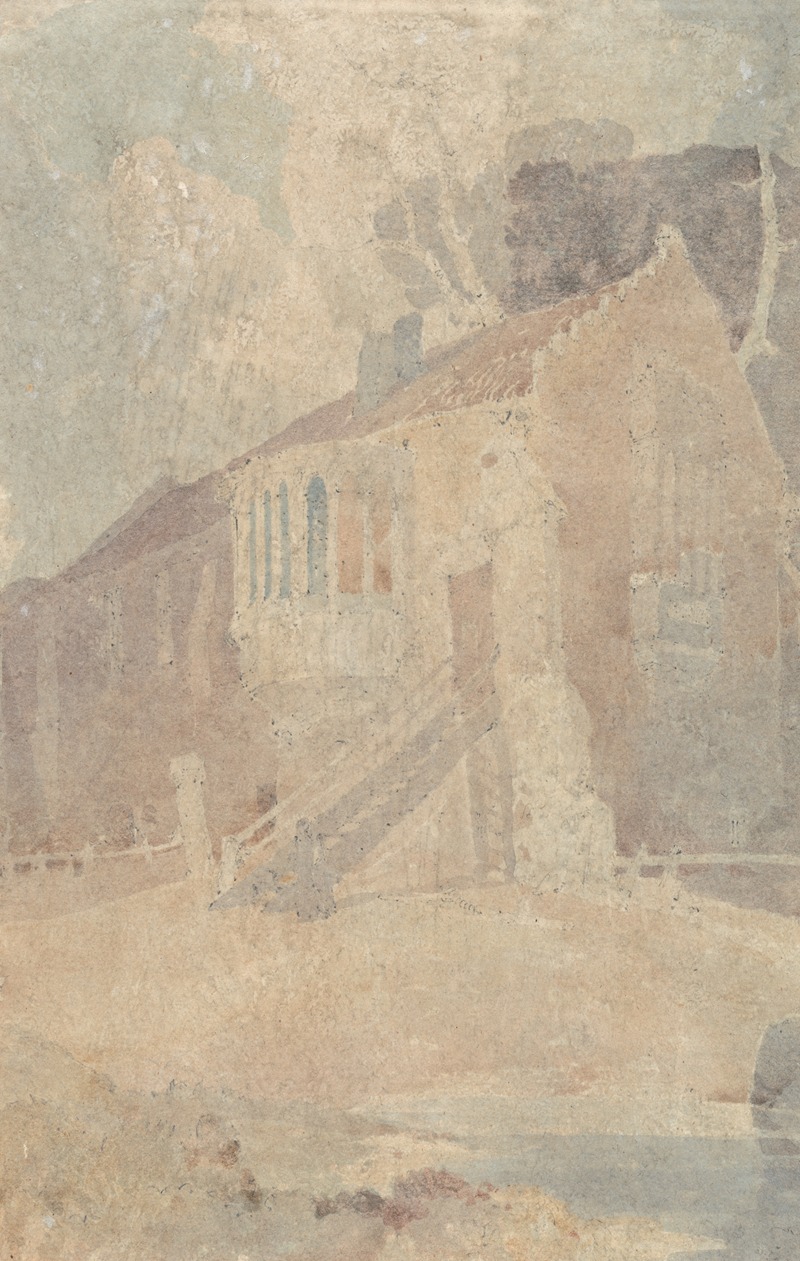
An Old Building with an Oriel Window Converted for Use as a Barn
A hand-painted replica of John Sell Cotman’s masterpiece An Old Building with an Oriel Window Converted for Use as a Barn, meticulously crafted by professional artists to capture the true essence of the original. Each piece is created with museum-quality canvas and rare mineral pigments, carefully painted by experienced artists with delicate brushstrokes and rich, layered colors to perfectly recreate the texture of the original artwork. Unlike machine-printed reproductions, this hand-painted version brings the painting to life, infused with the artist’s emotions and skill in every stroke. Whether for personal collection or home decoration, it instantly elevates the artistic atmosphere of any space.
"An Old Building with an Oriel Window Converted for Use as a Barn" is a watercolor painting by the English artist John Sell Cotman. Cotman, born in 1782 and deceased in 1842, was a prominent figure in the Norwich School of painters, a movement known for its dedication to landscape and architectural subjects. This particular work exemplifies Cotman's skill in capturing the essence of rural English architecture and his adept use of watercolor techniques.
The painting depicts an old building, characterized by its distinctive oriel window, which has been repurposed as a barn. The oriel window, a type of bay window that projects from the main wall of the building, is a notable architectural feature that adds historical interest to the structure. Cotman's attention to detail in rendering the texture of the building materials and the play of light and shadow highlights his mastery in watercolor painting.
John Sell Cotman was known for his ability to convey the atmosphere and character of the English countryside. His works often featured buildings and landscapes that were rich in historical and architectural significance. In "An Old Building with an Oriel Window Converted for Use as a Barn," Cotman captures the rustic charm and utilitarian adaptation of the building, reflecting the practical aspects of rural life in England during the early 19th century.
The painting is executed in a muted color palette, typical of Cotman's style, which enhances the sense of age and weathering of the building. The use of soft washes and precise line work demonstrates Cotman's technical proficiency and his ability to create depth and texture with watercolor. The composition is carefully balanced, with the oriel window serving as a focal point that draws the viewer's eye.
Cotman's work was highly regarded during his lifetime, and he was a prolific artist who produced a significant body of work, including landscapes, architectural studies, and marine scenes. His contributions to the Norwich School and to English art more broadly have been recognized for their influence on subsequent generations of artists.
"An Old Building with an Oriel Window Converted for Use as a Barn" is a testament to Cotman's keen observational skills and his ability to imbue everyday subjects with a sense of beauty and historical resonance. The painting is a valuable example of early 19th-century English watercolor art and provides insight into the architectural heritage and rural life of the period.
Today, Cotman's works are held in various public and private collections, and his legacy continues to be celebrated by art historians and enthusiasts. His paintings, including "An Old Building with an Oriel Window Converted for Use as a Barn," remain important cultural artifacts that offer a window into the past and the artistic achievements of the Norwich School.





